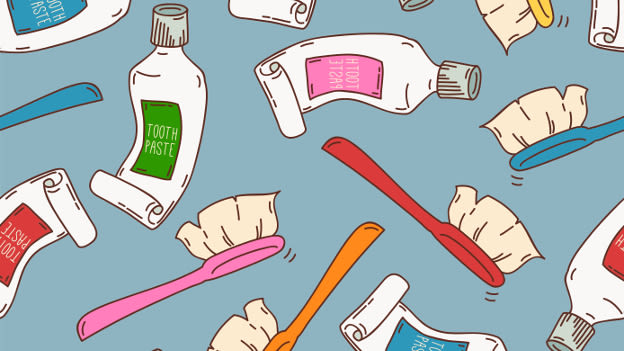Making learning a habit

Author Charles Duhigg in his fascinating book, ‘The Power of Habit’, relates a fascinating story of how a new consumer habit was created through the sheer brilliance of a man named Claude C. Hopkins. In the early 1900s, Hopkins got an interesting assignment. His friend wanted him to run a nationwide promotional campaign for what seemed like a revolutionary product for that time. It was a minty, frothy oral care product called Pepsodent.
Hopkins, incidentally, has the reputation of turning many previously unknown products — Quaker Oats, Goodyear Tires, Bissel Carpet Sweeper, Palmolive Soap — into household names. During his illustrious career, Hopkins came up with a series of rules to create new habits among consumers. Hopkins’ rules are now used to influence consumers into buying a whole variety of things, from software tools to kitchen appliances.
As the story goes, Hopkins was initially hesitant to take up the assignment of making Pepsodent a household brand. The core problem was that hardly anyone back then brushed their teeth despite serious decline of national dental health. Only 7 per cent of Americans were using toothpastes. Hopkins finally gave in to his friend’s persistence and decided to take on the challenge. A decade after the first Pepsodent campaign, Hopkins had helped establish brushing of teeth as a daily activity for close to 65 per cent of the population.
So, what was the trick? He applied his deep understanding of human psychology and how we form habits. We respond to a trigger or a cue that prompts us to get into a routine, which at the end gives us a reward. The reward can be an extrinsic one such as awards and bonuses or an intrinsic one — the sheer delight of the act itself. The reward creates an innate need to look out for similar cues in the future. So, in effect, a habit loop is created.
In his case, he helped consumers find a simple and obvious cue — the film on teeth that we feel when we run our tongue over them. He clearly defined the rewards — a beautiful smile. Using this he influenced millions to start brushing with Pepsodent.
The key question for us professionals in the learning and development space is this: What does it take to make learning a habit? That learning is fundamental to survival and growth is well understood by professionals across levels. The reality, however, is that a lot of effort from the L&D department goes into pushing learning programs and conveying the benefits of the same, but mostly in vain. Learning is perceived as a chore by the learners. In other words, it is not seen as a rewarding habit.
The solution? Don the hat of Hopkins and approach the problem from a marketing angle. The need exists but the habit is not formed yet. The task is now cut out for L&D professionals. We need to make learning a craving and eventually a well-formed habit.
Taking a leaf out of Hopkin’s playbook, this involves:
Establishing a strong cue. Conduct assessments on specific competencies and reflect the relative scores to the learner. Self-awareness is the biggest motivator for learning. Produce actionable Individual Development Plans (IDP) and clear the path for learners to start. Use social, mobile and gamified approaches to prompt the users to learn. Finally, set up action learning with leadership intervention.
Making learning a routine. Enable access to learning anytime, anywhere. Reinforce learning habits through continuous learning methods. Demonstrate leadership commitment to learning.
Demonstrate results. Enable social learning and demonstrate learner contribution on public forums. Promote action learning to produce real business impact. Gamify learner achievements to showcase progress.
If Hopkins were alive today, wouldn’t he be thrilled to take on the challenge of making learning a habit among today’s professionals?











